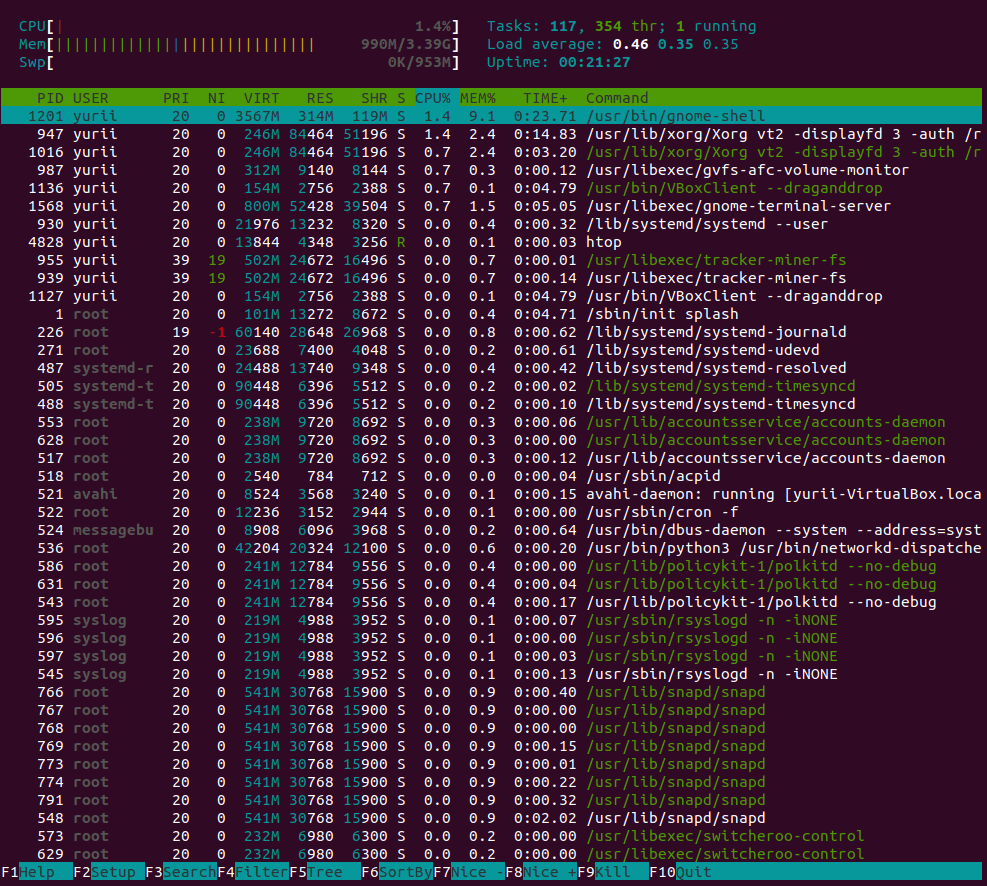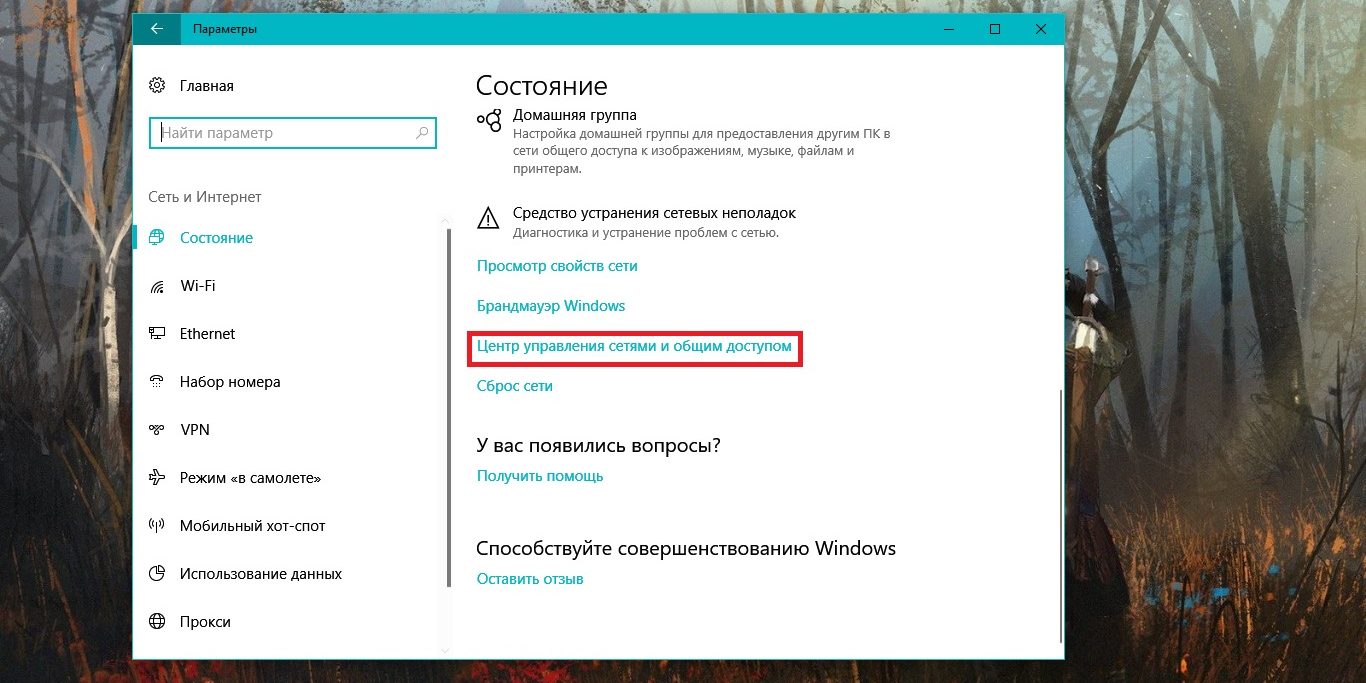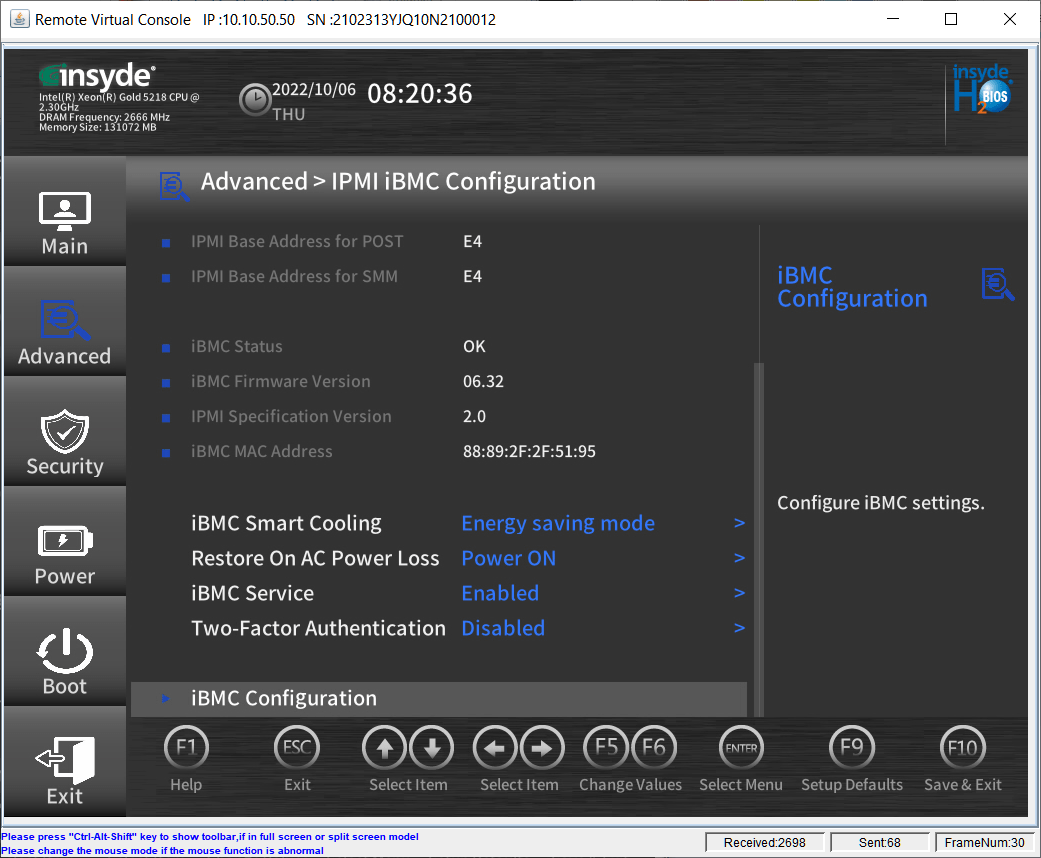How to Set Up Process Monitoring in Linux?
Monitoring processes in the Linux operating system plays a vital role in ensuring the stable operation of servers. Using specialized tools and commands, you can track process activity, determine system load levels, and resolve issues related to resource shortages.
Let’s start by looking at the basic commands that will help you set up process monitoring in Linux.
1. ps
The ps (process status) command provides information about running processes in the system. Using various flags, you can display a list of all processes running under your user, their IDs, hidden processes, and much more.
2. top
The top command is an interactive system monitor that displays information about processes and related resources in real time. With its help, you can track CPU load, memory usage, disk I/O, and other system resources.
3. htop
The htop command is a more advanced alternative to the top command. It provides more detailed information about process activity and also allows you to manage processes directly from the application interface.
4. pidstat
The pidstat command provides statistics on CPU usage for each process. With its help, you can determine which processes consume the most resources and identify bottlenecks in the system.
Setting up process monitoring in Linux is an important step in ensuring server security and performance. Remember that properly configured monitoring allows you to identify problems early and prevent serious system failures.


![How to Set Up Automated VDS Backups in [Platform/Location]](https://valebyte.com/blog/wp-content/uploads/2025/11/leonardo_3b4910a9-300x169.jpg)


